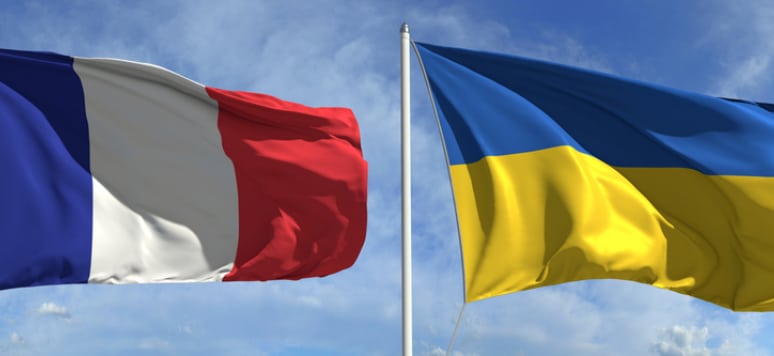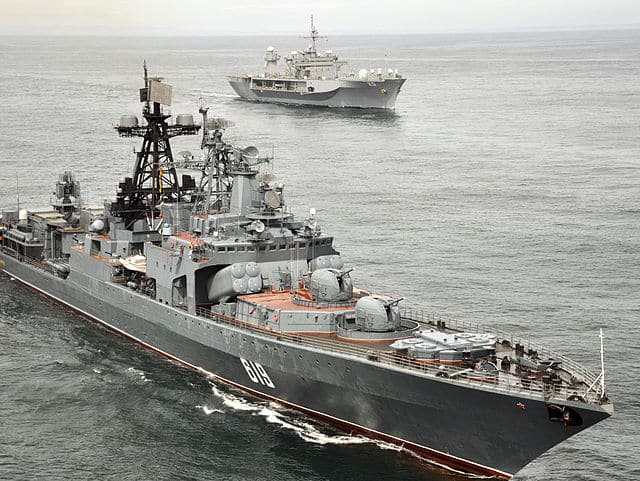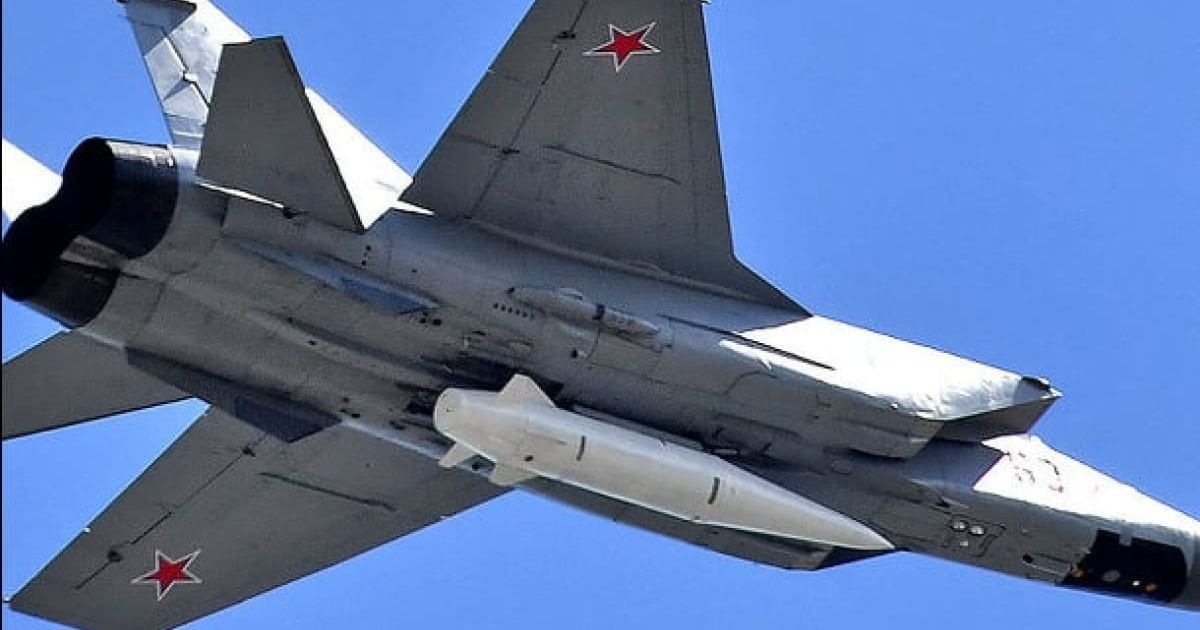Table of Contents
IStories or Important Stories (an independent Russian website specialising in investigative journalism) continues to tell how Russia circumvents sanctions.
“Russia still has something to cool down the enthusiasm of those eager to wage war. Ukraine, for example, has purchased Turkish Bayraktar drones. The Russian Lancet, which flies at twice the speed of the Turkish Bayraktar, leaves the Bayraktars no chance. And this little device is also capable of dominating the sky,” boasted propagandist Dmitry Kiselyov in April 2021, introducing a story about the then little-known strike drones called “Lancets.” The report demonstrates how a drone in Syria collides with a vehicle carrying “Islamic terrorists.”
The Lancet drone is a loitering munition. It is a drone whose task is to deliver a projectile to its target: a tank, a vehicle, an air defense system, artillery, a command post, and so on. Currently, the Lancets are destroying people and machinery in Ukraine. Russian pro-war Telegram channels regularly publish reports of strikes carried out by the Lancet, with Rybar Telegram channel being particularly fond of sharing such information. There even exists a list of what has been destroyed in Ukraine using Lancet drones.
Who manufactures Lancet drones?
Lancet drones are manufactured by Zala Aero Group, with its main legal entity being established in 2010. Alexander Zakharov is the controlling owner with a 50.85% stake (the remaining shares belong to the Kalashnikov Concern).
Zakharov is not only the main owner of Zala but also the chief designer. He has been involved in unmanned aircraft for many years. The company’s website states that its drones are purchased for purposes such as search and rescue operations, firefighting, pipeline monitoring, and more. Among their clients are the Ministry of Internal Affairs, the Ministry of Emergency Situations, the Investigative Committee, and state-owned companies. Since 2011, the company has signed government contracts worth 3.3 billion rubles.
But now the main buyer is the military. According to documents obtained by Important Stories, in 2022-2023, Zala Aero Group sold its drones to the military for 5.3 billion rubles (Central Scientific Research Institute of Chemistry and Mechanics — 4.3 billion rubles, 18th Central Research Institute of the Ministry of Defense of the Russian Federation and the Kalashnikov Concern — 0.5 billion each).
In August 2022, Zakharov proposed converting shopping centers, which were left vacant after the departure of Western brands, into drone production facilities.
“As someone who was born and works in the city of gunsmiths (Izhevsk), it was painful for me to see how the powerful factories built during the Soviet era were gradually transformed into shopping centers. But there is a way to quickly and significantly increase the production of unmanned vehicles. We have developed a concept for converting shopping centers, which previously mainly traded goods from Western brands, into conveyor-based production plants for three types of domestic drones. I have long held the belief that the time would come when the industry would return to the places where we lost factories to various office and commercial centers in the 90s,” explained Zakharov.
The designer’s plan began to be implemented in the Italmas shopping and entertainment center in Izhevsk, which was acquired for the benefit of the Zakharov family. The prospect of obtaining production facilities for combat drones instead of the usual baths and shops sparked outrage among local residents.
They even launched a petition on the Change.org website, stating: “The person who reveals to the whole world about an absolutely secret military enterprise is committing sabotage… It essentially puts a big target on residential areas of Izhevsk, which can even be seen from space.”
Zakharov’s children, Nikita and Maria, are involved in the business of Zala Aero Group. Their companies are currently the largest suppliers to Zala.
Nikita Zakharov served as the Deputy CEO of Zala Aero Group and showcased drones to then-Prime Minister Dmitry Medvedev back in 2014-2015. Today, Nikita is the owner of Aeroscan, a company whose revenue skyrocketed by several times after Russia’s invasion of Ukraine and reached 3.8 billion rubles in 2022. In 2022-2023, Aeroscan secured contracts with Zala Aero Group worth 2.5 billion rubles.
Maria Zakharova’s company, STC Orion, also saw its revenue double to 400 million rubles in 2022, with contracts from Zala Aero Group worth nearly 500 million rubles.
Where do they source the components from?
Alexander Zakharov miraculously managed to evade international sanctions, and Zala Aero Group has only been sanctioned by Ukraine, Australia, and the United Kingdom, but not Europe or the United States. However, at least some of the components for the Lancets likely fall under Western export sanctions (similar to other popular Russian drones like the Orlan). So where does Zala source its components from?
They have a whole network of suppliers who import the necessary parts from around the world into Russia.
Thus, in the top three companies by the value of their supplies to Zala Aero Group, alongside Aeroscan (owned by the son) and Orion (owned by the daughter), is Novosibirsk-based OMP. In 2022-2023, OMP sold goods to Zala Aero Group worth 1.4 billion rubles and imported goods into Russia worth 1.3 billion rubles. OMP is owned by Maxim Kotelnikov, an employee of both Aeroscan and Zala Aero Group (whether former or current is unclear). According to customs databases, OMP actively engages in trade with China, sourcing electric motors, aluminum products, screws, bolts, nuts, and other components.
Other importers supply Zala Aero Group with components worth tens of millions of rubles annually.
An extensive range of sanctioned products is imported into Russia by Khartis Dv owned by Dmitry Dmitriev.
“The decision to enter the market of radio-electronic components was driven by increasing sanction pressure and the difficulties it created for Russian companies. To overcome these problems, we utilized our years of international experience and knowledge of operating in various markets around the world. We leverage established connections in Europe, North America, and Asia to fulfill the most complex orders,” stated the Khartis Dv website.
In 2022-2023, Khartis Dv sold goods to Zala Aero Group and OMP totaling over 50 million rubles. However, these are clearly not their main clients as during the same period, Khartis Dv imported goods worth 1.7 billion rubles.
ID Solutions LLC sold products to Zala Aero Group for 60.4 million rubles, while another supplier to Zala, Photopark, sold products for 95 million rubles.
“ID Solutions’ operations span multiple regions in Russia, Kazakhstan, the Republic of Belarus, with active production on Taiwan Island and mainland China. They have established direct contractual and partnership connections with vendors in Germany, France, and India,” reports the company.
ID Solutions is owned by Igor Ievlev. On his LinkedIn page, Ievlev states that over the course of 20 years, he has founded and launched several successful projects in the field of information technology. Currently, he is based in Dubai and is a co-owner of Scyscraper, a company that develops software for office space management. In the contacts section, an address in the capital of Uzbekistan, Tashkent, is mentioned along with the company Mvizion. According to customs databases, after the start of the war, Uzbekistani Mvizion supplied goods worth 150 million rubles to Russian ID Solutions, including products from American companies Hitech Global and Nvidia. Before the war, ID Solutions and Hitech Global traded directly.
St. Petersburg-based company Spel, owned by Pavel Snegov and Sergey Orlov, sold products to Zala Aero Group and OMP for approximately 100 million rubles. Spel has established supply chains from several dozen European and Asian manufacturers. Among their other clients to whom they supply components are Russian defense enterprises such as Radioavionika, Testpribor, and Tactical Missiles Corporation.
It’s challenging but possible
Overall, sanctions have been relatively effective: Researchers believe that Russia has only managed to replace about a quarter of the lost imports due to sanctions. However, they also note that microelectronics, which are used in the production of Russian weapons are an exception — this area is so convoluted that it is currently impossible to find relevant statistics. Russia shows an increase in imports from China, but China does not show an increase in exports, so it seems that chips appear almost out of thin air.
“If the military or intelligence services want to obtain components that are under export control, they usually manage to get them — through intermediaries. Yes, it is complicated and increases the cost of goods, but if the customers have the time, energy, and resources, there are no problems,” acknowledged an American expert in export control in an interview with Important Stories.
Originally posted on Important Stories, translated and edited by the UaPosition – Ukrainian news and analytics website
See also: Hacking the Lancet. Ways to defend against a Russian drone




